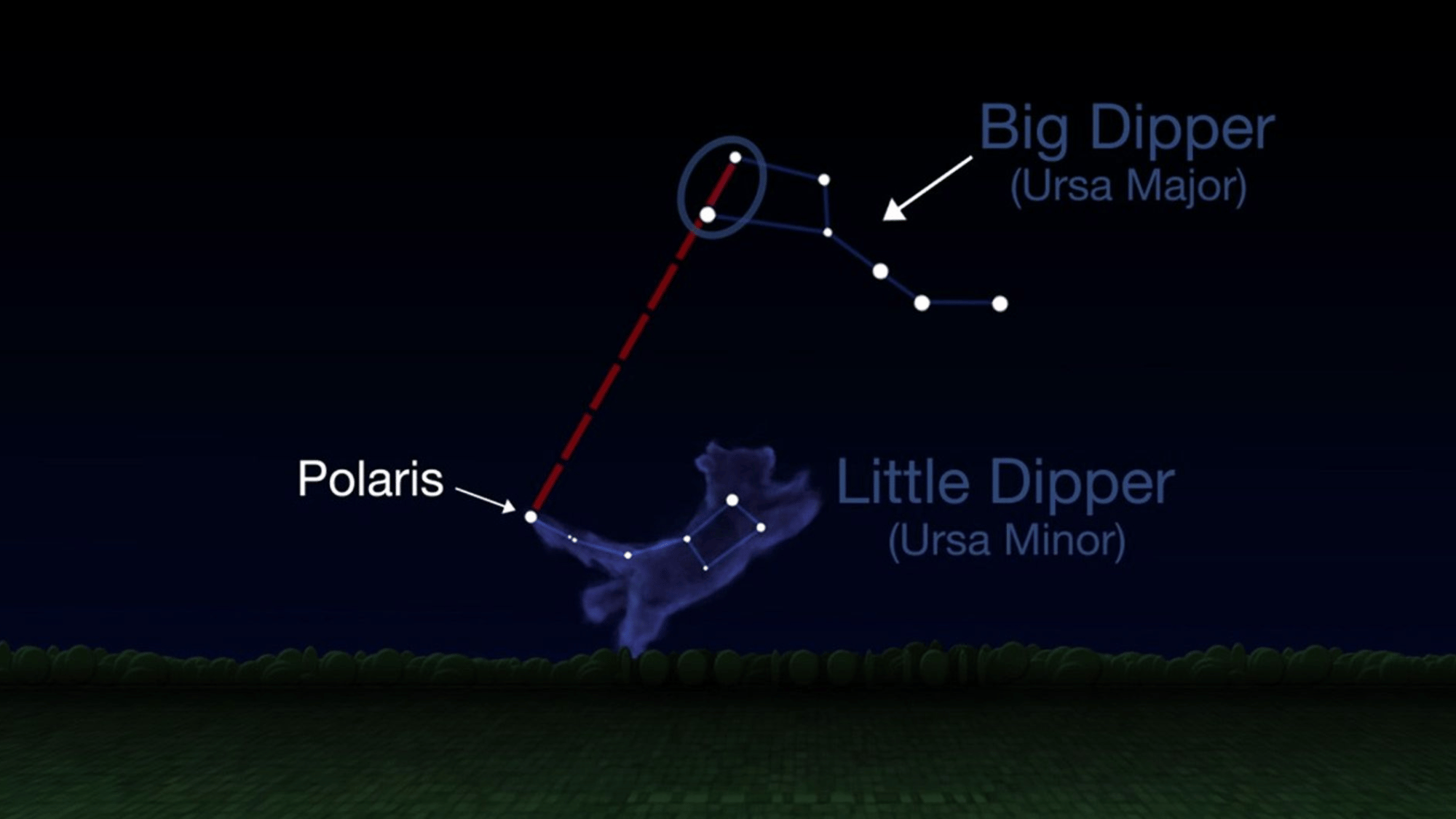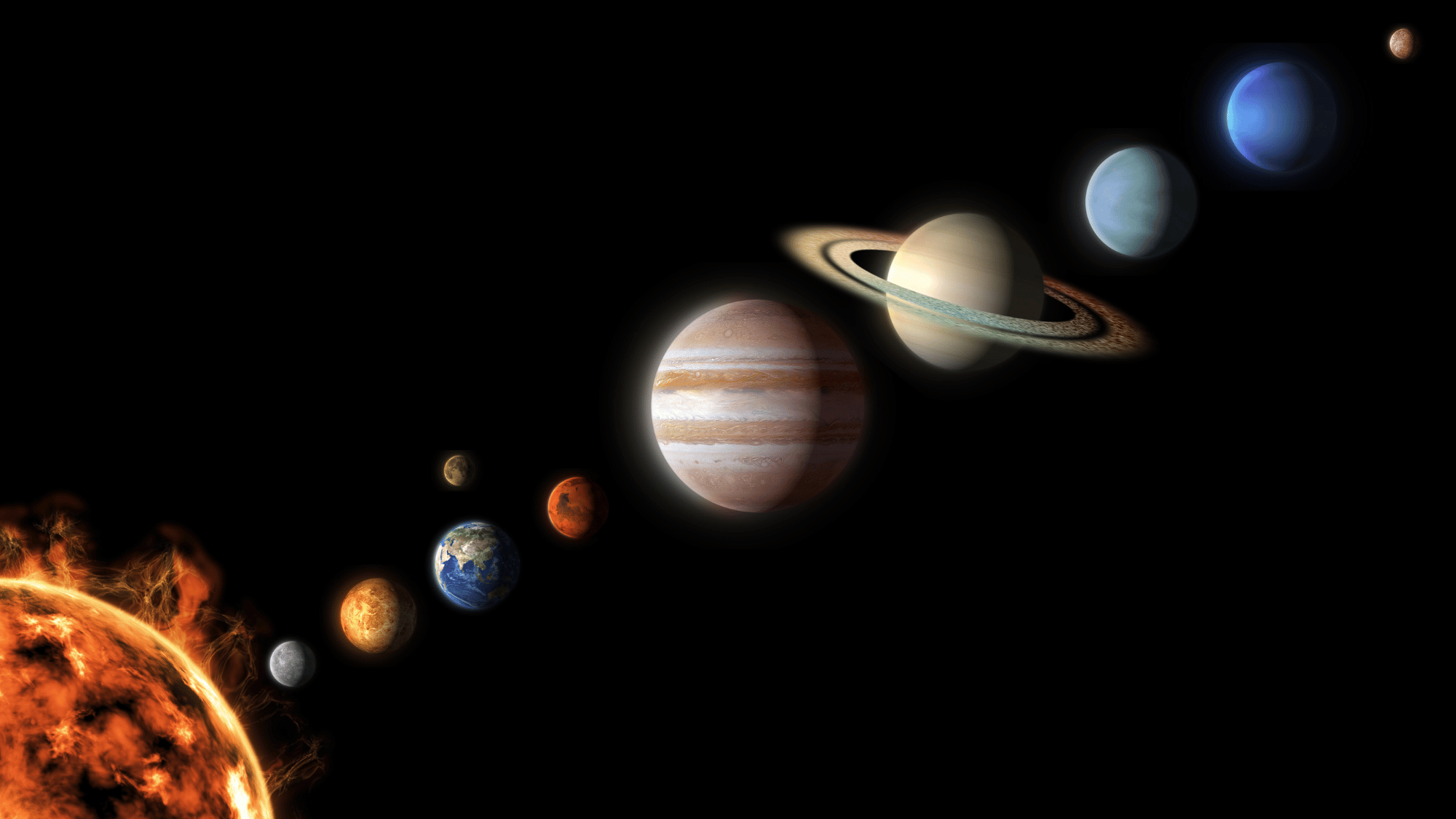Many people have heard of the North Star, even if they have never searched for it in the night sky.
People notice it because, unlike many other stars, it seems to remain steady in one place while the rest of the sky slowly shifts.
The star we know today as the North Star is called Polaris, and it is located in the constellation Ursa Minor.
Many people first learn about Polaris in school, while others come to know it through stories, maps, or stargazing. Over time, this star has gained a strong reputation for being dependable.
It is often linked with finding direction, and it continues to be a well-known point of reference for people learning about the sky.
Why the North Star Doesn’t Move
The North Star, called Polaris, looks different from most stars because it seems to stay in one place while others appear to move across the sky.
This happens because Polaris is almost directly above Earth’s northern axis.
As Earth rotates each day, other stars rise and set, making wide circles in the sky, but Polaris stays nearly fixed at one point.
Although Polaris looks steady, it is not perfectly still. It shifts slightly, tracing a very small circle less than one degree wide over the course of a day. This movement is so small that it appears fixed to the eye.
Over much longer time spans, Earth’s slow wobble, known as precession, changes the direction of the axis, which takes about 26,000 years.
Different stars take turns as the north star; Polaris is the one right now and for many years to come, but it’s not permanent.
Features of the North Star
Polaris is well known not only for its position in the sky but also for its distinct characteristics. The table below highlights the key features that define the North Star and its importance:
| Feature | Correct Information |
|---|---|
| Star Name | Polaris (Alpha Ursae Minoris) |
| Constellation | Ursa Minor (Little Dipper) |
| Star Type | Multiple star system; main star is a yellow supergiant (F7Ib-II) |
| Luminosity | Roughly 2,500 times brighter than the Sun |
| Apparent Brightness | About the 46th to 50th brightest star in the night sky |
| Distance from Earth | Approximately 430 to 447 light-years |
| Stellar Type | Cepheid variable supergiant |
| Alignment | Almost directly above Earth’s north rotational axis |
| Rotation Period | The estimated rotation period is around 119 Earth days |
| Temperature | 5700 degrees Celsius |
| Alternate Names | Alpha Ursae Minoris, Cynosura |
Historical Significance of the North Star

Image Source: NASA Science
The North Star has shaped how people travel, tell stories, and study the sky. Its steady position made it important in navigation, culture, and science across many centuries.
Navigation and Exploration
Polaris has long been used to find direction because it points north in the night sky.
Sailors relied on it to guide ships across oceans, and travelers on land used it to stay on course.
Its near-fixed spot above Earth’s axis made it a trusted way to locate north and estimate latitude.
Before compasses and maps, Polaris was a practical guide for safe journeys. Even today, it remains a clear reference point for navigation in the Northern Hemisphere.
Cultural and Mythological Views
Cultures around the world gave Polaris special meaning. The Greeks called it “Cynosura” and placed it in Ursa Minor.
In Norse belief, it was seen as a nail holding the heavens in place. In Chinese astronomy, it marked the center of the heavens and symbolized authority.
Some Native American groups used it in stories. Today, the flag of Alaska includes Polaris to represent guidance and the northern location of the state.
Scientific Contributions
Polaris also supported scientific progress. It is formally named Alpha Ursae Minoris, the brightest star in the Little Dipper.
Its position near true north helped mapmakers and explorers refine their understanding of Earth’s latitude.
Later, astronomers discovered Polaris is a Cepheid variable star, meaning its brightness changes regularly. This discovery provided a way to measure vast distances in space.
How to Locate the North Star?

Image Source: NASA Science
Finding the North Star, or Polaris, is simple once you know where to look. The steps below make it easy for anyone to spot this steady guide in the night sky:
| Steps | What to Do | Helpful Tip |
|---|---|---|
| Start with the Big Dipper | Look for the Big Dipper, a group of seven bright stars shaped like a large spoon in the northern sky. | Best seen on clear nights when the sky is dark and free from city lights. |
| Find the Pointer Stars | Focus on the two stars at the edge of the Big Dipper’s bowl, known as the pointer stars. | These two stars form a straight line that leads directly to Polaris. |
| Draw an Imaginary Line | Imagine a line extending upward from the pointer stars. Follow that line across the sky. | The first bright star you reach along this line is Polaris. |
| Spot the Little Dipper | Polaris is located at the end of the Little Dipper’s handle. | It’s not the brightest star, but it appears almost alone, making it easier to identify. |
| Confirm You’re Facing North | Once you find Polaris, you’re looking directly north. | Works best in open areas away from tall buildings and light pollution. |
Common Misconceptions
Many people hold mistaken ideas about the North Star. Below are some of the most common misunderstandings, explained clearly:
- Polaris is exactly at the north celestial pole: Many believe Polaris sits directly on Earth’s north axis, but it is actually offset by about 0.7 degrees. For navigation, this difference is so minor that Polaris is still a reliable marker of north, but it is not a perfect alignment.
- Not a single star: Some think Polaris is a single star, but it is a system of three. The main star, Polaris A, is a supergiant, with two smaller companions, Polaris B and Polaris Ab. To the eye, they appear as one.
- Not useful worldwide: Polaris can only be seen from the Northern Hemisphere. Near the equator, it sits low on the horizon, and south of the equator, it cannot be seen at all.
The Future of North Star
As the Earth’s axis slowly shifts in a cycle, other stars come into position near the north axis.
Around the year 14,000 CE, the bright star Vega, found in the constellation Lyra, will become the new North Star.
Vega is much brighter than Polaris, so future observers will find it even easier to spot in the night sky. Over thousands of years, Earth’s axis will keep pointing toward different stars.
In the past, stars like Thuban around 2700 BCE and Kochab around 1100 BCE also served as the North Star before Polaris.
This repeating pattern shows that the idea of a permanent North Star is not correct. Instead, each star holds the role for a time before giving way to the next in a long sequence.
Conclusion
The North Star has carried many roles across human history.
Ancient sailors steered by it, storytellers placed it at the center of their myths, and astronomers measured the Earth and sky using its position.
Its reputation has grown from a simple point of light to a symbol of direction, leadership, and knowledge.
It is steady for now, but Earth’s motion will slowly shift the title of North Star to others. This cycle connects the past to the future, reminding us that the sky is never still.
Future generations will see a different North Star, but the practice of looking upward for answers will remain the same.


















